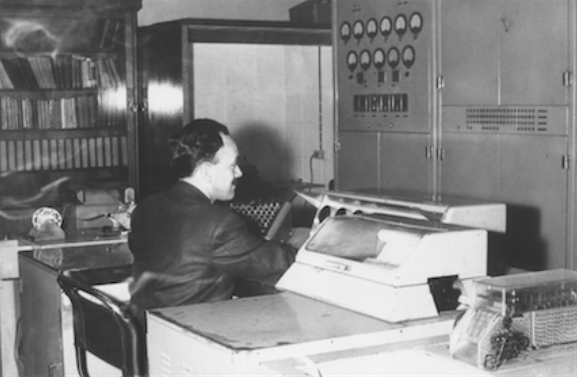Celebrating 60 Years Of Victorian Computing
This month marks 60 years since the first computer came to Victoria and 60 years of computing at the University of Melbourne.
CSIRAC, the name of the computer that filled a room, came into operation in Melbourne on 14 June 1956, even before television arrived, after several years of service for CSIRO in Sydney.
CSIRAC ran until 1964, and is now in the Melbourne Museum; it is the oldest computer in the world that is still intact.
Professor Justin Zobel, Head of the Department of Computing and Information Systems at the University of Melbourne, said CSIRAC could run at about 1000 instructions per second and could store just a few kilobytes - the equivalent of a page of text in a typical book.
“A computer today of similar size and power consumption would be almost a supercomputer – a billion times faster and with perhaps a trillion times as much storage,” Professor Zobel said.
“In its lifetime of 14 years of operation, CSIRAC undertook about as much computation as a smartphone can complete in a minute. This seemed miraculous to the users at the time, as it provided automation of processes in ways that had previously been inconceivable,” he said.
Computers have changed immeasurably and did not have keyboards, but instead had consoles of switches and dials. They had almost no permanent storage, no file systems and no recognisable screens.
“Working with paper tape and fanfold printouts, the skills of early computer scientists might seem remote from a world of touch screens and motion sensors, but many of the underlying skills of computing professionals are much the same,” Professor Zobel said.
To mark this 60th anniversary, the Department of Computing and Information systems is hosting a week of activities starting with a launch on Tuesday 14 June.
Small Business, Innovation and Trade Minister Phillip Dalidakis will be present to help celebrate 60 years of computing.
